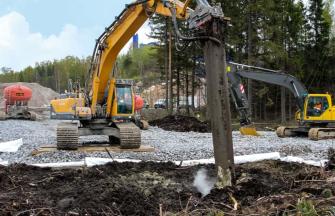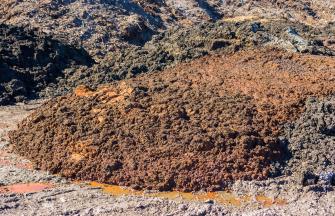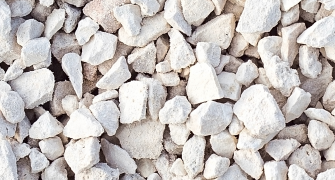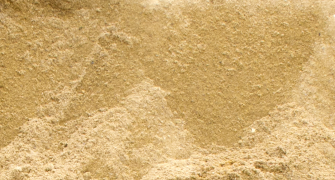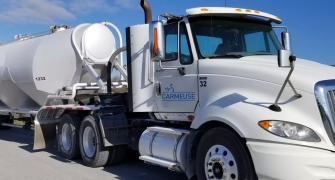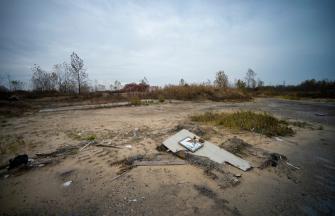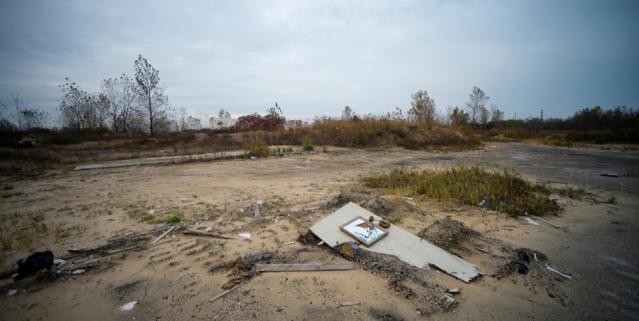
Do you have a question about this application? Ask our specialists
Contact us
What is Environmental Remediation?
Environmental remediation is the process of treating contaminated soil and waters to alleviate the risks posed to public health and the environment. Soils may be contaminated by hazardous waste, sludges, acidic drainage, petroleum products, manmade chemicals, or other pollutants from industrial processes. Regardless of their type and origin, all these materials require remediation treatments to control their adverse environmental impacts.
Many abandoned industrial sites have polluted soil unfit for reuse and require soil remediation to return to federal regulatory standards. These contaminated sites, also known as ‘Brownfield’ or ‘Superfund’ sites, are required to remove or stabilize pollutants to keep them from impacting wildlife, leaching into nearby waterways/drinking water sources, or injuring human health. Sites are prioritized for environmental remediation based on a National Priorities List.
Our Role in Environmental Remediation
What We Do
Carmeuse and our affiliates support environmental remediation efforts from End-2-End.
For decades, quicklime and related calcium products have been mixed into polluted soils as a primary treatment to solidify and stabilize hazardous waste, industrial byproducts, and a variety of contaminants (including heavy metals, fluorides, and sulfur).
Soil remediation products and services are available through Mintek Resources, a member of the Carmeuse Group. Mintek Resources has extensive expertise in soil remediation, including drying, modifying, stabilizing, neutralizing and/or fixating soils, sediments, waste streams and contaminants.
For additional information, visit the Mintek Resources website by clicking below.
How it Helps
- Drying Sludge & Soils – Lime products react exothermically to moisture and can drive water vapor out of wet soils and sediment. This makes lime an effective solution for reducing the moisture content of sludges and tainted soils. Treatment with lime can also improve the physical characteristics of these soils, improving handling.
- Solidifying Contaminants – Quicklime and LKD products can prevent the leaching of contaminants by hindering their mobility in the soil. Lime use can stabilize contaminants into less toxic forms or solidify contaminated soils to prevent transport into the surrounding environment and bodies of water.
- Heavy Metal Fixation – Lime products aid in heavy metal waste fixation by adjusting the pH of the polluted material and reducing metal solubility.
- pH Adjustment – The high pH of lime products makes them effective in neutralizing acidic soils. When treating sludge or organic wastes, the increase in pH helps inhibit bacterial growth, making the final product safer to handle and safer for the environment.
Supplying Lime for Various Applications
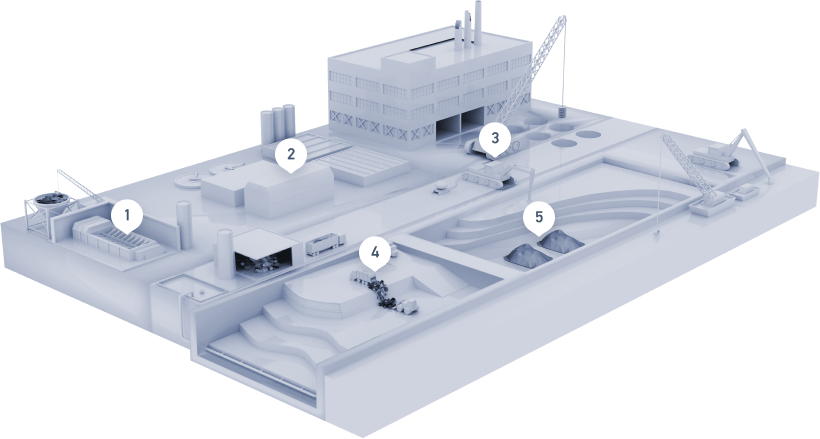
Treating In-Situ vs Ex-Situ for Soil Remediation
The key difference between in-situ and ex-situ soil remediation is where the treatment takes place. In-situ remediation involves treating the contaminated soil on site. By contrast, ex-situ remediation involves removing the contaminated soil from the originating site and treating it elsewhere.
Ultimately, environmental remediation technologies and treatment methods should be evaluated based on the present contaminants and specific circumstances of the site.
River Dredge Sludge Treatment
Environmental dredging is the removal of contaminated sediment from the bottom of rivers, lakes, and other bodies of water. The removal and remediation of this sludge plays an important role in protecting aquatic ecosystems, drinking water sources, and public health.
Quicklime and other lime products can be used to dewater dredged sediment and sludge, solidify contaminants, and fixate heavy metals in the material to enable safe disposal or reuse.
Landfill/Hazardous Waste
Lime has also long been used in landfill cap and liner to help effectively manage municipal wastes.
Sometimes, polluted soil must be removed, treated, and disposed of in specially designated hazardous waste landfills. It is critical that this waste is properly treated and stabilized before disposal to mitigate the transport of contaminants into the surrounding environment or groundwater. In these scenarios, lime is often used to stabilize contaminants into less toxic forms and solidify the material to reduce the risk of leaching.

